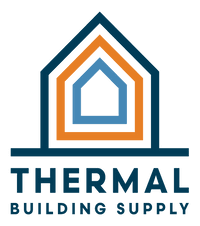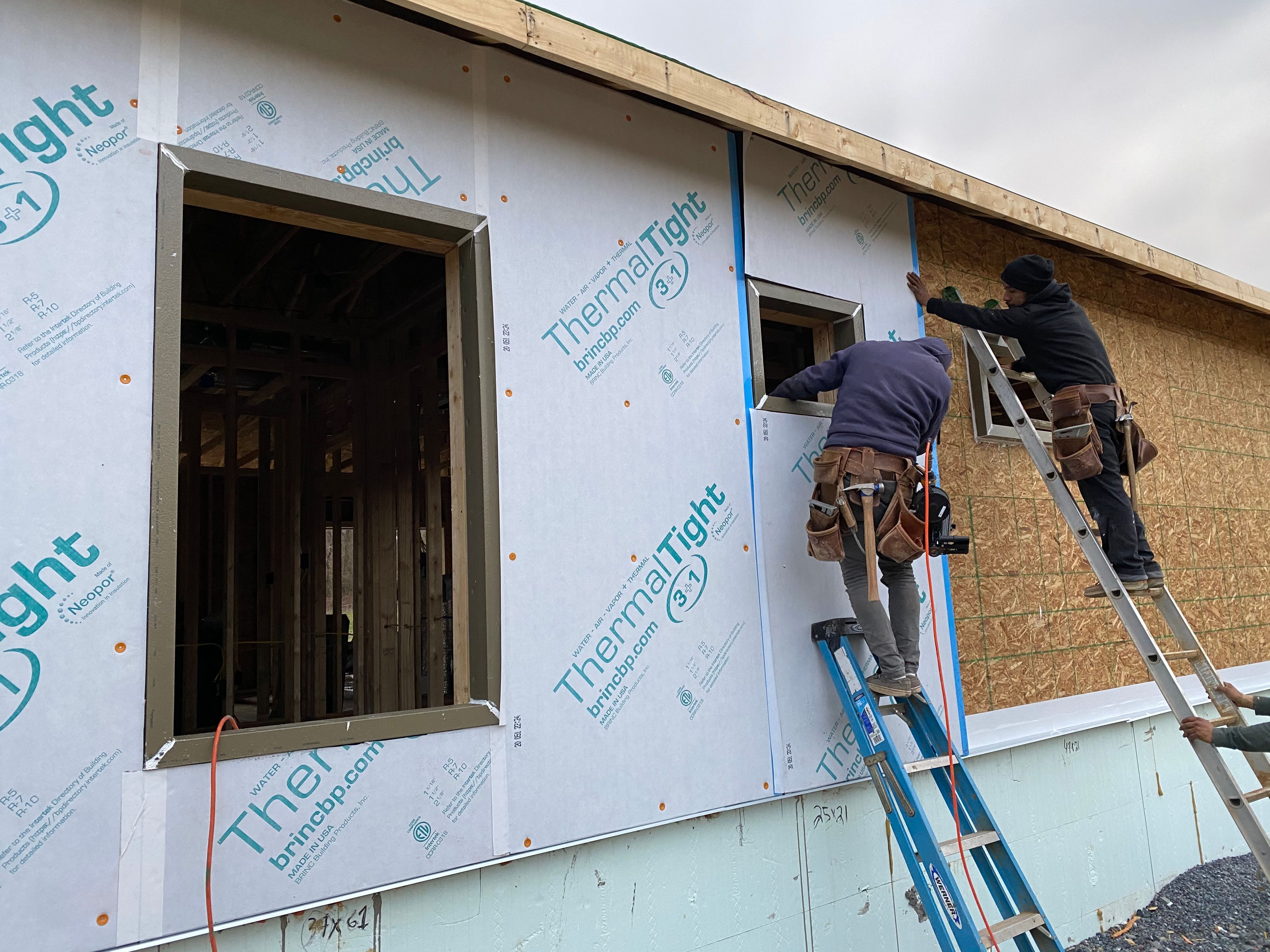ThermalBuck's Agnosticism Can Work for You

In the ever-evolving world of construction and energy efficiency, staying adaptable and forward-thinking is crucial. One such innovation that has been making waves in the realm of insulation and energy efficiency is ThermalBuck. Unlike traditional building methods, ThermalBuck is a game-changer because it's agnostic to insulation type. In this blog, we'll explore why this feature sets ThermalBuck apart and how it benefits builders, architects, and homeowners.
When it comes to building energy-efficient structures, choosing the right insulation material is vital. There are various insulation types available, each with its unique characteristics and benefits. However, integrating diverse insulation materials into a building envelope efficiently can be challenging, especially when dealing with issues such as thermal bridging and moisture management.
The Role of ThermalBuck
Enter ThermalBuck, a high-performance thermal bridge system designed to address these challenges seamlessly. What sets ThermalBuck apart is its remarkable ability to work with any insulation type. Here's why it's considered "insulation agnostic":
Versatile Design: ThermalBuck is essentially an insulating and structural buck that can be integrated with various insulation materials. Its versatility makes it a valuable addition to any construction project, regardless of the chosen insulation type.
Eliminating Thermal Bridging: One of the biggest concerns in construction is thermal bridging. This occurs when heat escapes through materials that conduct it efficiently, creating cold spots and reducing energy efficiency. ThermalBuck acts as a thermal break, ensuring that thermal bridging is minimized regardless of the insulation material used.
Continuous Insulation: Building codes and energy efficiency standards often require continuous insulation, which means creating an unbroken barrier of insulation around the building envelope. ThermalBuck helps achieve this goal by allowing for insulation to be applied continuously around window and door openings.
Moisture Management: Another critical aspect of construction is moisture management. ThermalBuck's design incorporates a sloped sill, which effectively diverts water away from the window or door opening. This feature is insulation-agnostic and equally beneficial regardless of the insulation material.
Ease of Installation: Builders and contractors appreciate the simplicity of ThermalBuck's installation process, regardless of the insulation type used. This ease of use helps streamline construction projects and reduce labor costs.
Benefits of ThermalBuck's Agnosticism
The insulation-agnostic nature of ThermalBuck offers several benefits to construction professionals and homeowners:
Design Freedom: Architects and builders have the freedom to choose the insulation material that best suits the project's requirements, energy efficiency goals, and budget.
Improved Energy Efficiency: Regardless of the insulation type selected, ThermalBuck's thermal break ensures that the building envelope maintains high energy efficiency standards.
Reduced Risk: By providing a reliable solution for thermal bridging and moisture management, ThermalBuck minimizes the risk of costly construction defects, such as mold growth and energy loss.
Sustainability: ThermalBuck's contribution to energy efficiency aligns with sustainability goals, making it a valuable asset for green building practices.
In a world where construction methods are constantly evolving to meet the demands of energy efficiency and sustainability, ThermalBuck stands out as an innovative solution. Its insulation-agnostic design ensures that builders, architects, and homeowners can enjoy the benefits of improved energy efficiency, moisture management, and design flexibility regardless of the insulation type chosen. As construction practices continue to evolve, ThermalBuck's adaptability positions it as a valuable asset in the pursuit of energy-efficient, sustainable buildings.



